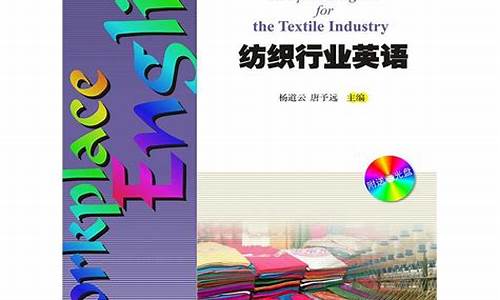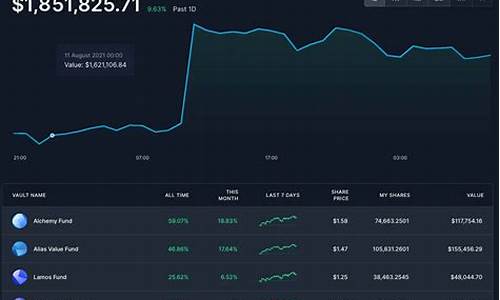
Textile industry is one of the most important industries in the world, and it plays a crucial role in global economic development. With the continuous advancement of technology and innovation, the future of textile industry looks promising. In this article, we will explore some of the key trends that are expected to shape the future of textile industry.
Firstly, sustainability will be a major focus in the future of textile industry. As consumers become more aware of environmental issues, they are demanding sustainable products. Textile companies will need to adopt more environmentally friendly production methods and use recycled materials to meet these demands. Additionally, there will be a greater emphasis on circular economy, where products are designed to be reused or recycled at the end of their life cycle.
Secondly, automation and artificial intelligence will revolutionize the textile industry. Robotics and machine learning algorithms will be used to automate various processes such as sorting, washing, and dyeing. This will not only increase efficiency but also reduce labor costs. Moreover, AI-powered systems will help manufacturers to predict demand and optimize production schedules.
Thirdly, there will be a shift towards digitalization in the textile industry. Online marketplaces and e-commerce platforms will continue to grow, making it easier for consumers to purchase textile products online. Textile companies will also leverage digital technologies such as 3D printing and virtual reality to create new product designs and marketing strategies.
Fourthly, there will be a growing trend towards customization in the textile industry. Consumers want products that reflect their individual style and preferences. Textile companies will need to adapt by offering customized options such as custom-designed clothing or personalized home textiles.
Finally, there will be an increasing focus on health and wellness in the textile industry. With rising concerns about sedentary lifestyles and poor sleep quality, there will be a demand for textile products that promote physical activity and relaxation. Textile companies will need to incorporate features such as stretchability, breathability, and temperature control into their products.
In conclusion, the future of textile industry looks bright with many exciting opportunities for innovation and growth. Companies that embrace sustainability, automation, digitalization, customization, and health and wellness will be best positioned to succeed in this dynamic and rapidly changing industry.

















